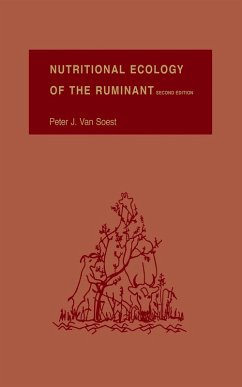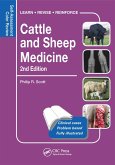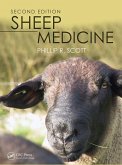Master's Thesis from the year 2022 in the subject Biology - Zoology, , course: Biotechnology, language: English, abstract: In this study, our primary objective was to enhance the nutritive value of ruminant feed through the supplementation of improved forages, grasses, and legumes in the basal diets. Specifically, we aimed to evaluate the impact of different levels of Napier's grass (Pennisetum pupareum) and Alfalfa (Medicago sativa) hay supplementation on feed intake, digestibility, and body weight changes in Hadero Tunto Zuria Woreda local sheep fed on urea-treated wheat straw. The forage legumes and wheat straw were meticulously prepared before the experiment, with urea-treated wheat straw undergoing a 21-day ensiling process. Using a completely randomized block design, we selected ten non-castrated male sheep aged nine to eleven months, each with an initial live weight of 16-18kg, and implemented five treatments. Throughout the 90-day feeding trial, we recorded daily feed intake and body weight changes, collecting and analyzing feces and feed samples for a comprehensive assessment. Treatment groups included varying levels of Urea treated wheat straw and a combination of Napier grass and alfalfa hay. Statistical analysis using STATA 10 and SPSS 20 revealed notable differences in total dry matter, organic matter, and metabolizable energy intake among treatments. Treatment five (T5) showed the highest intake, while treatment one (T1) had the lowest. Additionally, T5 demonstrated the highest (P<0.05) digestibility of dry matter and organic matter. Notably, treatment five (T5) and treatment four (T4) exhibited higher crude protein intake and digestibility compared to other treatments. Average daily gain (ADG) for T5 and T4 surpassed other treatments significantly, indicating superior animal performance. Feed conversion efficiency varied significantly among treatments, with T2 and T3 showing similar values.
Dieser Download kann aus rechtlichen Gründen nur mit Rechnungsadresse in A, B, BG, CY, CZ, D, DK, EW, E, FIN, F, GR, HR, H, IRL, I, LT, L, LR, M, NL, PL, P, R, S, SLO, SK ausgeliefert werden.









